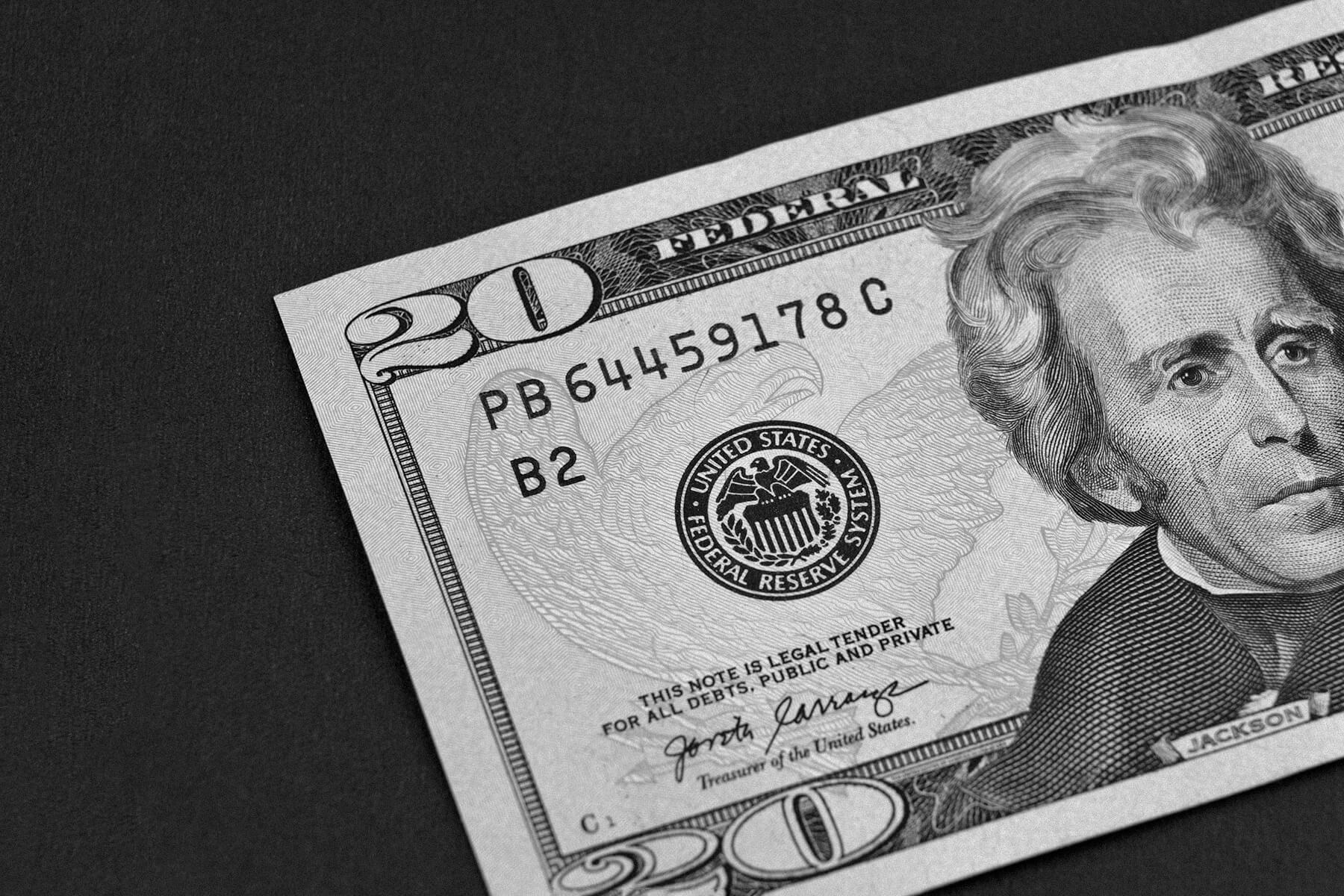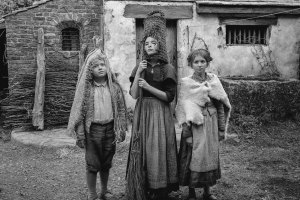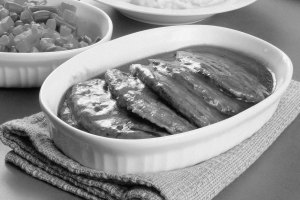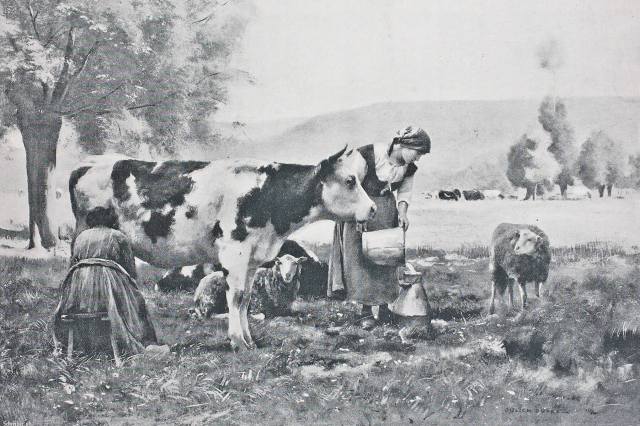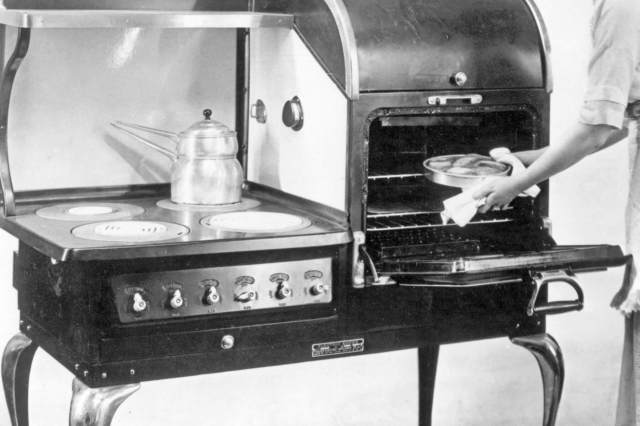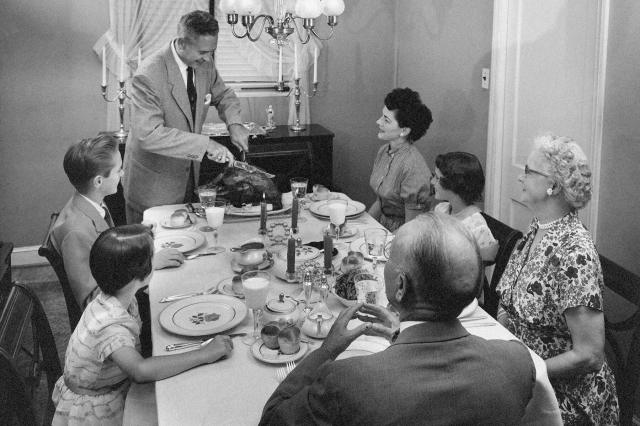What $20 Could Buy You Through History
Imagine walking into a grocery store with $20 in your pocket. What can you buy? Today, you might be able to grab some pasta and vegetables for the night’s dinner and have leftovers for tomorrow’s lunch, if you’re lucky. The purchasing power of a dollar has changed dramatically from the early days of American history, largely due to the ever-increasing prices of the things we spend money on — that pesky reality we call inflation. Twenty bucks might not put much in your grocery bag now, but in the mid-20th century, it could easily stock your pantry — or even cover a visit to the doctor. Here’s what $20 could comfortably buy you at different times in U.S. history.

Colonial Era
The colonial American economy primarily used a mix of British currency (pounds, shillings, and pence), Spanish dollars, and various forms of local currency. There was no unified economic system; the value of money and exchange rates varied among colonies, and historians admit it’s a challenge to draw direct comparisons to modern prices. Using various online converters, we can loosely estimate $20 to be equivalent to about 100 shillings at the time. In the 1730s, 20 shillings could buy 50 acres of land in Maryland or about 3 pounds of beef in New England. In 1777, the same amount would outfit a man in a full suit of broadcloth in Rhode Island.
Of course, while it’s fun to speculate, it’s nearly impossible to determine with any certainty how much $20 was worth in colonial America, as there was no standard national currency until the U.S. won independence at the end of the Revolutionary War.





